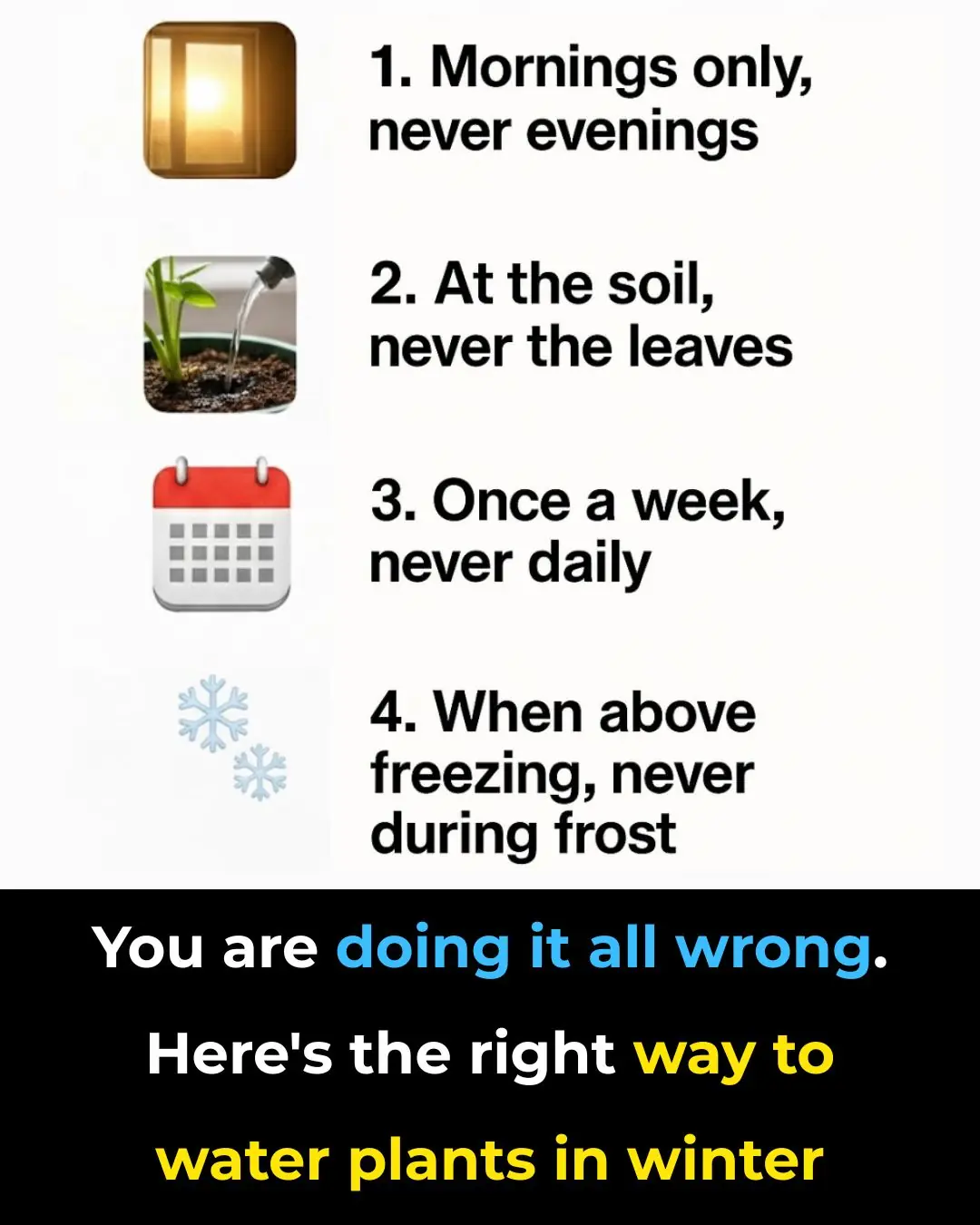
Don’t Junk Your Eggshells. Hang Them in Your Garden Instead. Here’s Why
In the quest for a thriving, resilient garden, many gardeners overlook one surprisingly powerful resource: the humble eggshell. Often tossed into the compost or trash, eggshells are actually packed with nutrients and benefits that can enhance soil health, help deter pests, and support plant vitality. Rather than discarding them, consider hanging or repurposing them in your garden to unlock their full potential. Below, we explore why eggshells matter, how to prepare and use them correctly, when they DO work (and when they don’t), and ways to integrate this easy-gardening tip into your routine.
1. The nutritional benefits of eggshells for plants
Eggshells are mainly composed of calcium carbonate — which constitutes roughly 94-97% of the shell’s mass. Nourish and Nestle+2Illinois Extension+2 Calcium plays a key role in plant growth: strong cell walls, healthy root development, and better structural integrity. One shell may contain around 2.2 g of calcium. Some gardeners use this as a natural way to help fruiting plants avoid issues tied to calcium deficiency. Strong Animals+2MasterClass+2
Beyond calcium, eggshells also contain trace amounts of other nutrients such as magnesium and phosphorus — albeit in modest quantities. These can further support plant functionality when added to soil or compost. MasterClass+1
2. How eggshells improve soil structure (if done right)
Crushed eggshells, when incorporated into the soil or compost, can help with soil aeration and drainage by creating micro-air pockets around root zones — especially in heavier soils. Their gradual breakdown also contributes to organic matter, which improves texture and fertility over time. Nourish and Nestle+1
That said, not all eggshell usage produces rapid effects — decomposition is slow unless the shells are finely ground. A study from Illinois Extension noted that coarsely broken shells were “not much better than nothing” compared to finely ground ones. Illinois Extension
3. Using eggshells as a natural pest deterrent
Eggshells are often touted as a barrier against slugs and snails: crushed shells provide a rough edge that soft-bodied pests may avoid crawling over. Some home-garden sources cite this use. The Spruce+1
However — and importantly — recent expert reviews caution that this deterrent effect can be limited or inconsistent. For instance, the University of Minnesota Extension reports that eggshells do not reliably prevent blossom end rot and are slow to break down; the same caution applies to pest-barrier claims. Extension Minnesota
4. Eggshells as a source of calcium for your garden
A key benefit of eggshells is their potential as a calcium amendment. For crops like tomatoes, peppers, eggplants, and squash — which need good calcium levels — ground eggshells can supplement soil calcium. Better Homes & Gardens+1
That said, the major caveat: simply placing whole or large pieces of eggshells in the soil will not release nutrient-available calcium quickly. According to plant experts, eggshells must be finely ground to make the calcium available in a timely manner. Better Homes & Gardens+1
5. The role of eggshells in composting
Eggshells make a useful addition to compost, especially when rinsed and crushed. They contribute calcium and slow-release mineral content that becomes available over time. Many composting guides recommend grinding shells and adding them to the compost pile or worm bin. Illinois Extension+1
If the shells are not crushed, they may remain visible in the finished compost for long periods. And until they break down, the nutrients remain locked. (Again, smaller particle size → faster nutrient availability.) Illinois Extension
6. How to prepare eggshells for garden use
For best results:
-
Rinse eggshells thoroughly to remove any egg residue (which can attract pests).
-
Dry them completely (sun-drying, low oven temperature, or simply air drying).
-
Crush or grind the shells into a fine powder — a coffee grinder, blender, or mortar and pestle works. As one expert put it: “you can’t just throw eggshells in the soil and give your plants calcium that way.” Better Homes & Gardens+1
-
Store the ground shells in a dry container until ready to use.
If you prefer a simpler method, you can toss the cleaned shells into your compost and let the decomposition process take care of it over time.
7. Creative ways to hang or use eggshells in your garden
Beyond mixing into soil or compost, you can get creative:
-
Hang egg shells: String cleaned, dried eggshell halves along garden beds or around container plants — the shells act as subtle calcium-releasing elements and add decorative interest.
-
Start seedlings in eggshell halves: Fill half-shells with seedling mix, plant your seed, and once the seedling is ready, transplant the whole shell into the ground (shell will decompose).
-
Eggshell tea: Steep crushed shells in warm water overnight, then use the “eggshell water” to irrigate plants needing extra calcium. (Note: calcium concentration is lower than direct powder application.) Nourish and Nestle+1
8. Popular viral hacks — what works, what doesn’t
Eggshell-based gardening hacks are everywhere online — but like all tips, they require nuance. For example:
-
The idea that eggshells will definitely prevent blossom-end rot on tomatoes is not consistently supported. Experts warn that blossom-end rot often stems from irregular watering or root issues rather than a simple calcium deficit. Extension Minnesota+1
-
The “crushed shells around plants repel all slugs” claim is overstated — slugs may circumvent coarse textures or grow accustomed.
-
Using eggshells as mini-pots for seedlings looks cute but isn’t always practical for deeper-rooted or fast-growing plants. Ideal Home
In short: yes, eggshells can help — but they are not magic. Prepare them properly, pair with appropriate watering and soil care, and use them where they match the plant’s needs.
9. Environmental and sustainability benefits
Recycling eggshells is a smart small-scale form of circular gardening. Instead of throwing them into the trash (where they may eventually rot but not benefit your garden), you’re redirecting kitchen waste into your soil ecosystem. It reduces waste, conserves resources, and supports soil health. Food-waste-and-garden-scrap columns note eggshells along with coffee grounds and banana peels as low-cost garden amendments. EatingWell
Additionally, by lessening reliance on store-bought calcium amendments or pest-barrier products, you’re choosing a more sustainable route.
10. Common mistakes and how to avoid them
Some of the biggest errors when using eggshells include:
-
Using whole or large shell pieces — these take very long to decompose and release nutrients slowly. Illinois Extension+1
-
Failing to clean shells — un-rinsed shells may attract pests or sour in the compost.
-
Using eggshells around acid-loving plants such as blueberries, azaleas or camellias — the added calcium carbonate can raise pH and hinder nutrient uptake in those plants. Ideal Home+1
-
Relying on eggshells alone as pest control or nutrient fix — they may be one tool among many, not a sole solution.
-
Not doing a soil test — If your soil already has ample calcium, adding more may raise pH or throw nutrient balances off. The Spruce
11. Success stories: gardeners who swear by eggshells
Across home-garden forums, composters and veggie-growers report positive experiences when they properly prepare and apply eggshells. For example, some tomato growers note fewer blossom-end rot episodes after adding finely ground eggshells at planting time. Others say their compost becomes richer and more earthworm-populated when shells are included. While the effects are often gradual, over time these simple kitchen leftovers can become a reliable part of a sustainable garden-care routine.
12. Conclusion — hang, crush, compost, but do it right
In short: don’t trash your eggshells — use them smartly. Whether you’re hanging shell halves as decorative nutrient elements, grinding shells into fine powder for soil amendment, or adding them to your compost bin, the key is preparation and context. Eggshells shine when matched with the right plants (those needing calcium or better soil structure), the right soil conditions, and correct treatment (cleaned, crushed, applied thoughtfully). They won’t instantly solve all pest issues or nutrient deficiencies, but as part of a considered garden-maintenance plan, they’re a surprisingly potent tool — low cost, low effort, high reward.
Give your eggshells a second life — your garden (and the planet) will thank you.
News in the same category

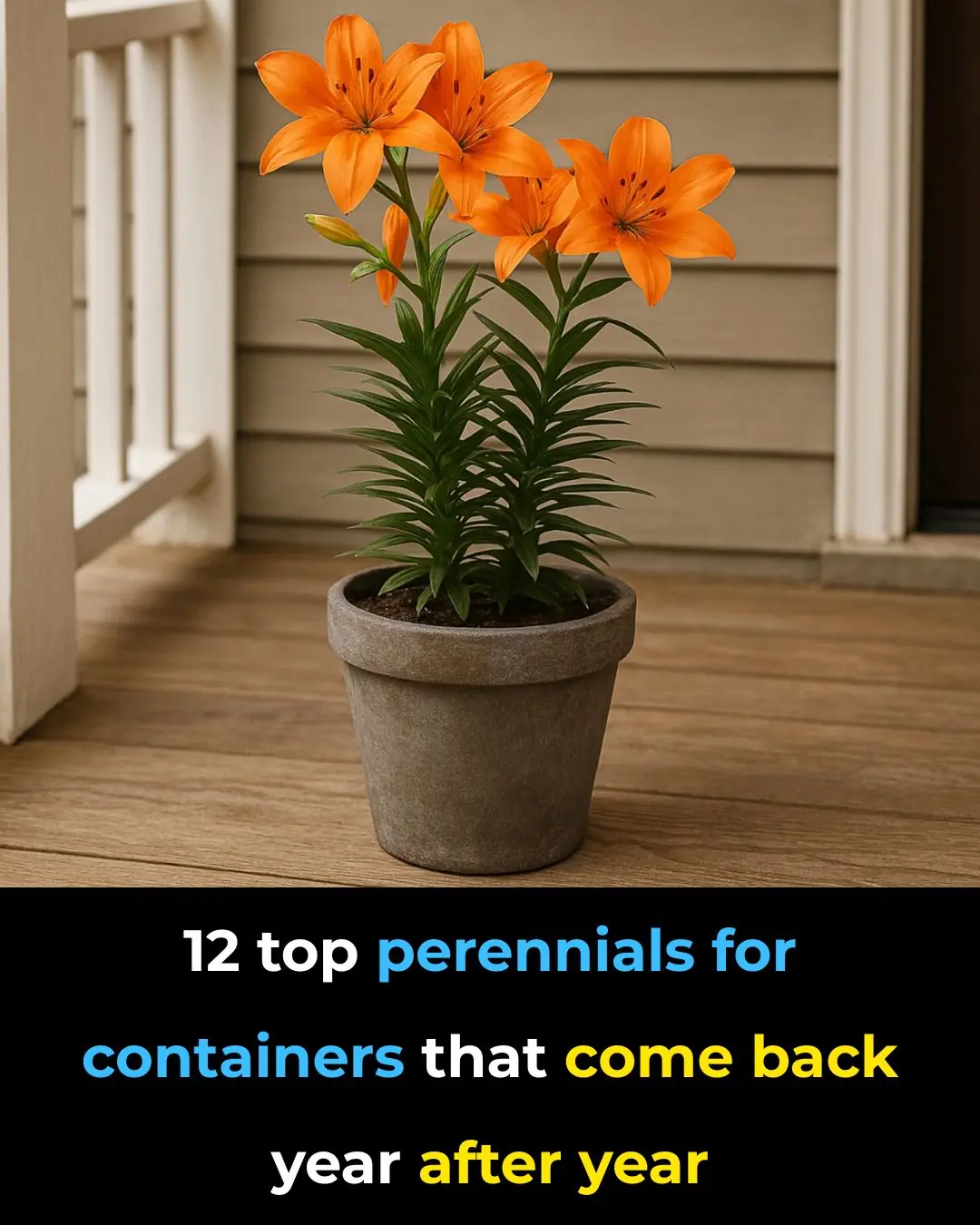
12 Top Perennials for Containers That Return Year After Year
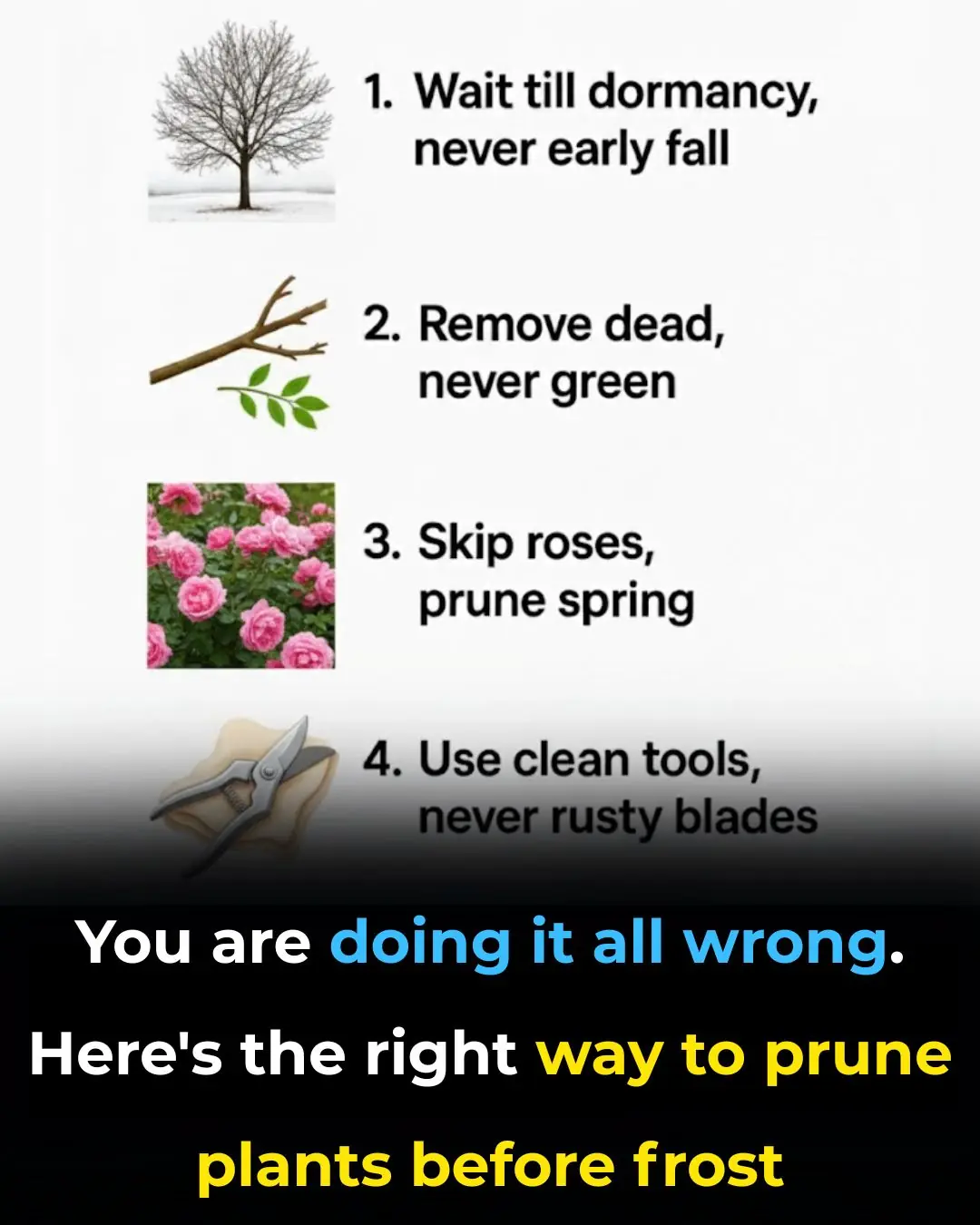
You Are Doing It All Wrong. Here’s the Right Way to Prune Plants Before Frost

My nana taught me this hack to make orchids rebloom fast in 5 minutes with 0 work — here’s how it really works

Angela Witherspoon Is Downsizing. See What She’s Asking for John Witherspoon’s L.A. Estate

Kevin Hart Calls His Friend Investments ‘An Endless Pit of Bankruptcy.’ And He’s Not Joking

Meet The First Black Woman To Earn a Ph.D. in Neuroscience from the University of Rochester

Strictly Come Dancing fans desperate to know if Vito Coppola is married as he and Ellie Goldstein leave show

Meet 102-Year-Old Eloise Brown, the Philadelphia Eagles Biggest and Longtime Fan

Meet The Couple Behind The First Black-Owned Virtual Bridal Company

Strictly stars Balvinder Sopal and Julian Caillon given much-needed boost following third dance-off

Rev. Al Sharpton Leads ‘Buy-In’ at Harlem Costco to Support Companies Prioritizing DEI

Strictly star Ellie Goldstein’s future ‘revealed’ as she breaks silence on exit

Obama Photobombs Cherry Blossom Picture in Heartwarming Unforgettable Moment for D.C. Family

Jennifer Aniston finally goes Instagram official with new boyfriend Jim Curtis: ‘My love’

Announcement made over King Charles’ residences Buckingham Palace and Windsor Castle as tickets revealed

NYC mayor-elect Zohran Mamdani vowed to "stop" Donald Trump during his victory speech

Gemma Atkinson addresses outrage over 'wedding dress' choice as Gorka hits back

Nina Dobrev mocks her split from Shaun White with pointed Halloween costume
News Post

New Study Shows Vitamin D Suppresses Key Cancer-Driving Protein
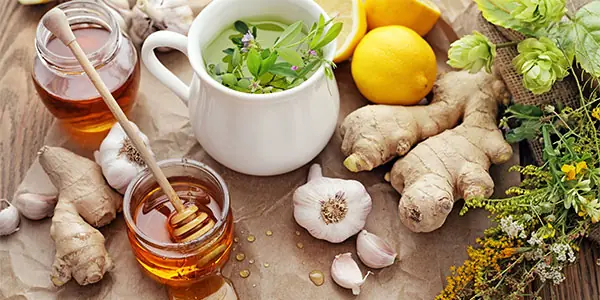
Take Lemon and Garlic on an Empty Stomach for 7 Days — Unclog Your Arteries Naturally
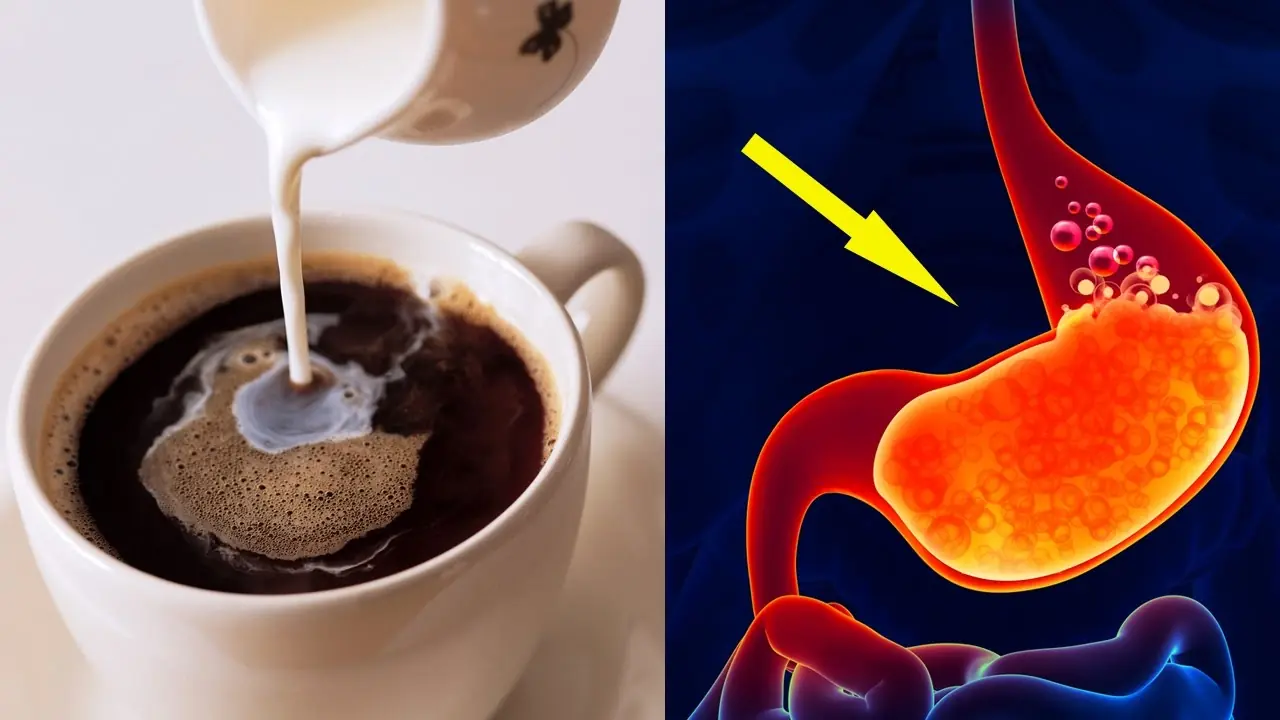
What Really Happens When You Drink Coffee on an Empty Stomach

You Are Doing It All Wrong. Here’s the Right Way to Water Plants in Winter

12 Top Perennials for Containers That Return Year After Year

You Are Doing It All Wrong. Here’s the Right Way to Prune Plants Before Frost

My nana taught me this hack to make orchids rebloom fast in 5 minutes with 0 work — here’s how it really works
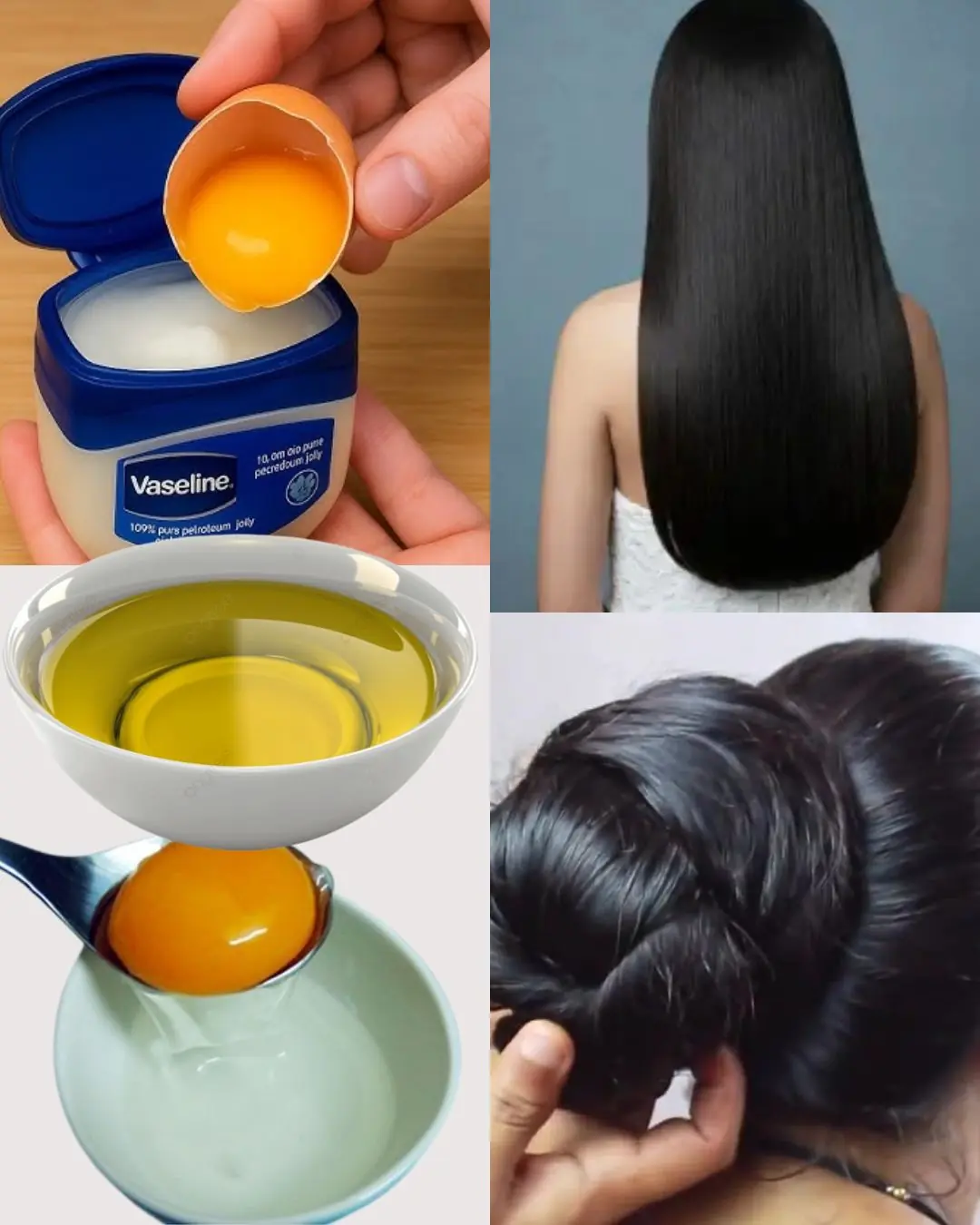
DIY Egg & Vaseline Hair Mask for Extreme Shine and Smoothness 🥚🌟

Arthritis warning: 10 everyday foods making your pain and inflammation worse
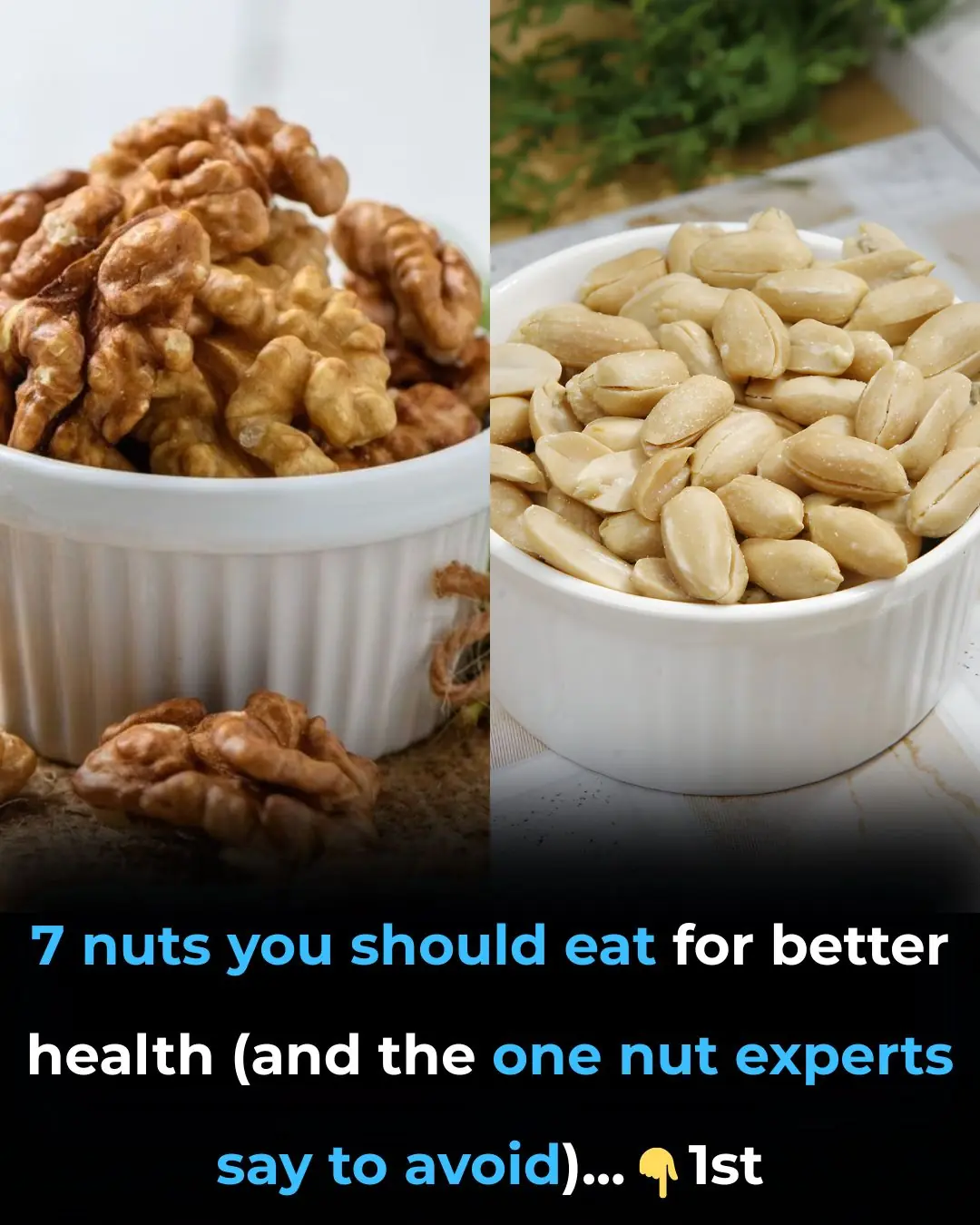
7 nuts you must eat for better health (and the #1 nut you should NEVER touch)

9 Warning Signs of Diabetes You Shouldn’t Ignore
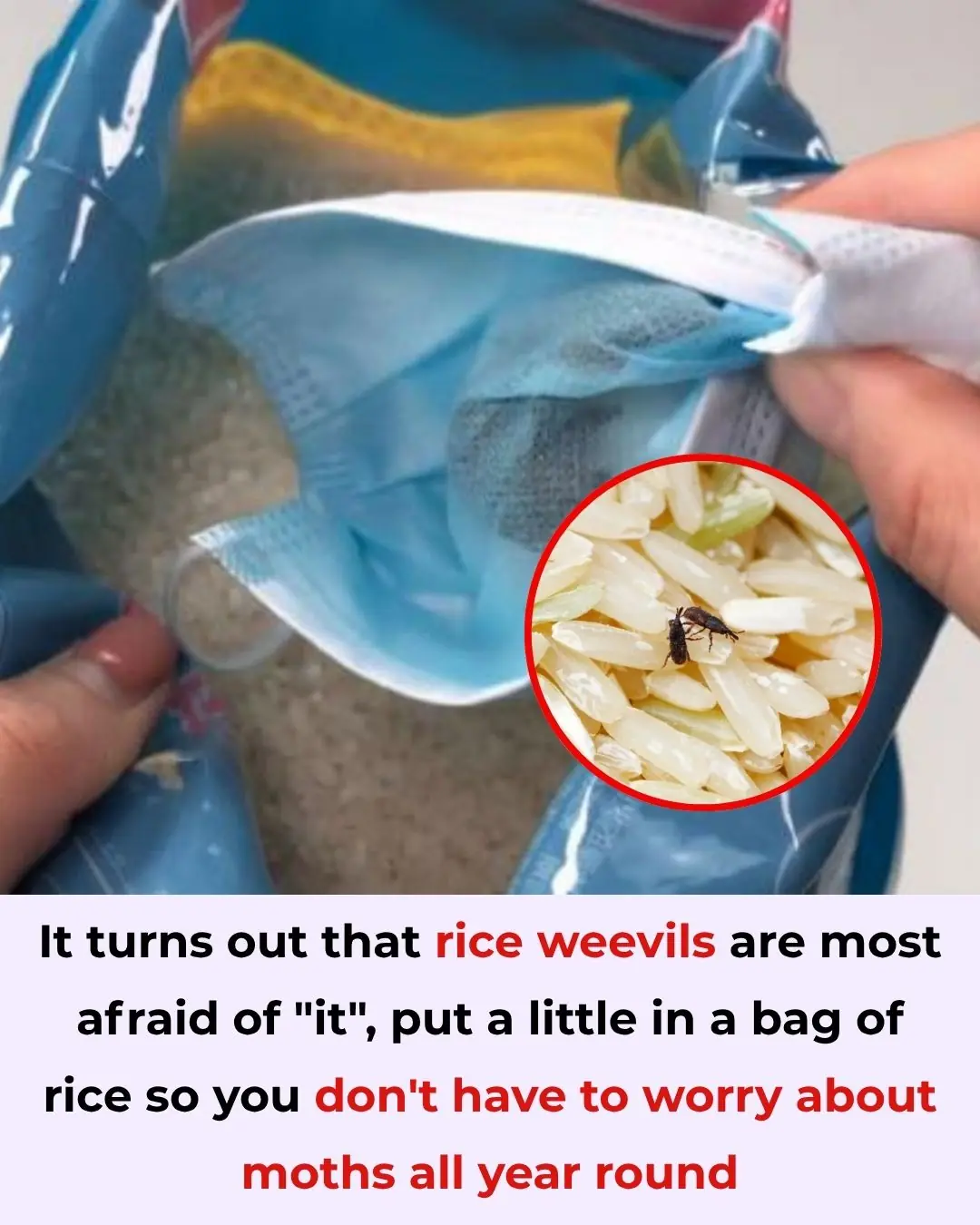
It Turns Out Rice Weevils Fear “This Thing” the Most – Put a Little in Your Rice Bag and You Won’t Worry About Pests All Year

6 Household Appliances That Consume More Electricity Than Air Conditioners and Refrigerators: Unplug Them to Avoid Skyrocketing Bills
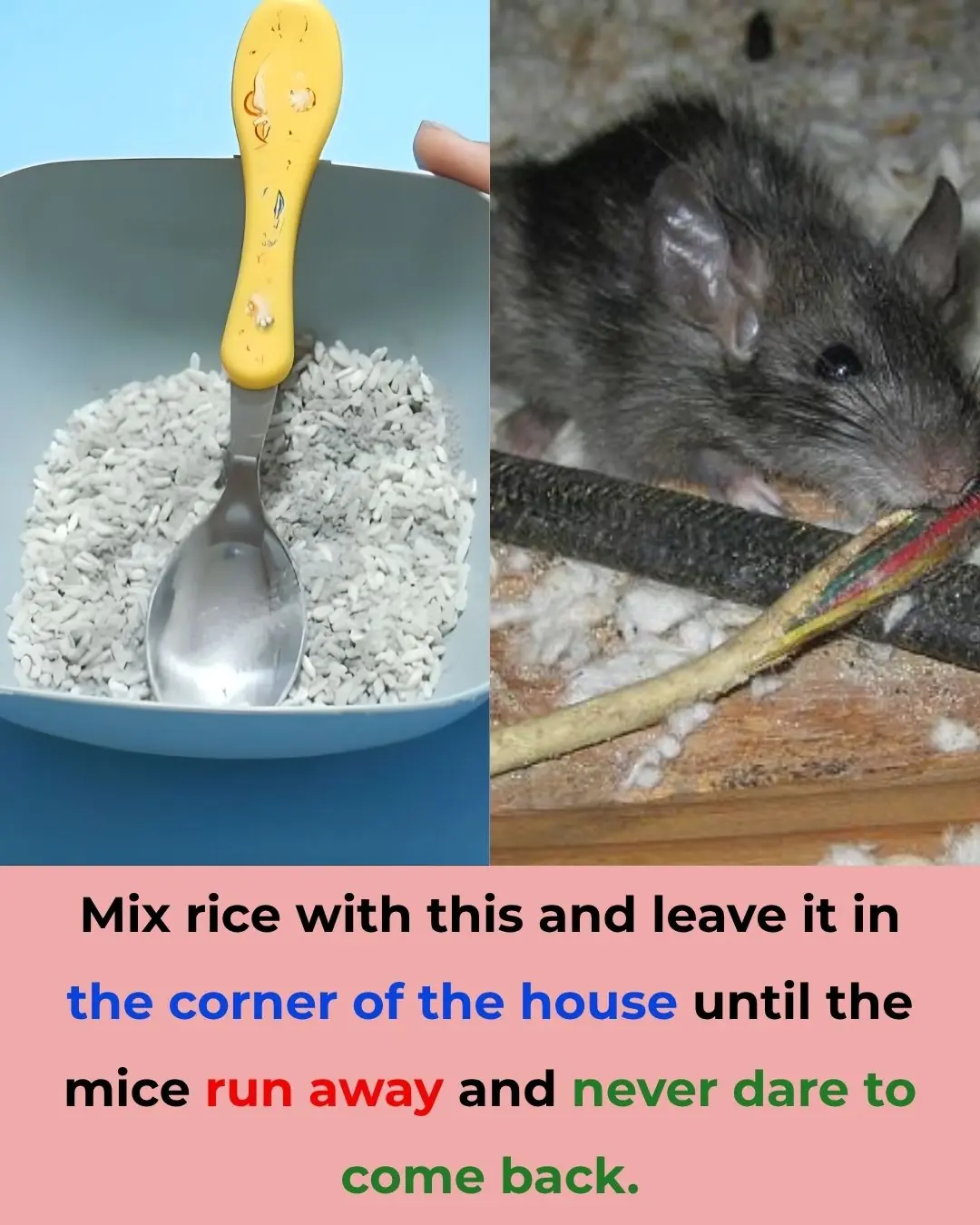
5 Natural Ways to Keep Mice Away from Your Home Without Using Poison
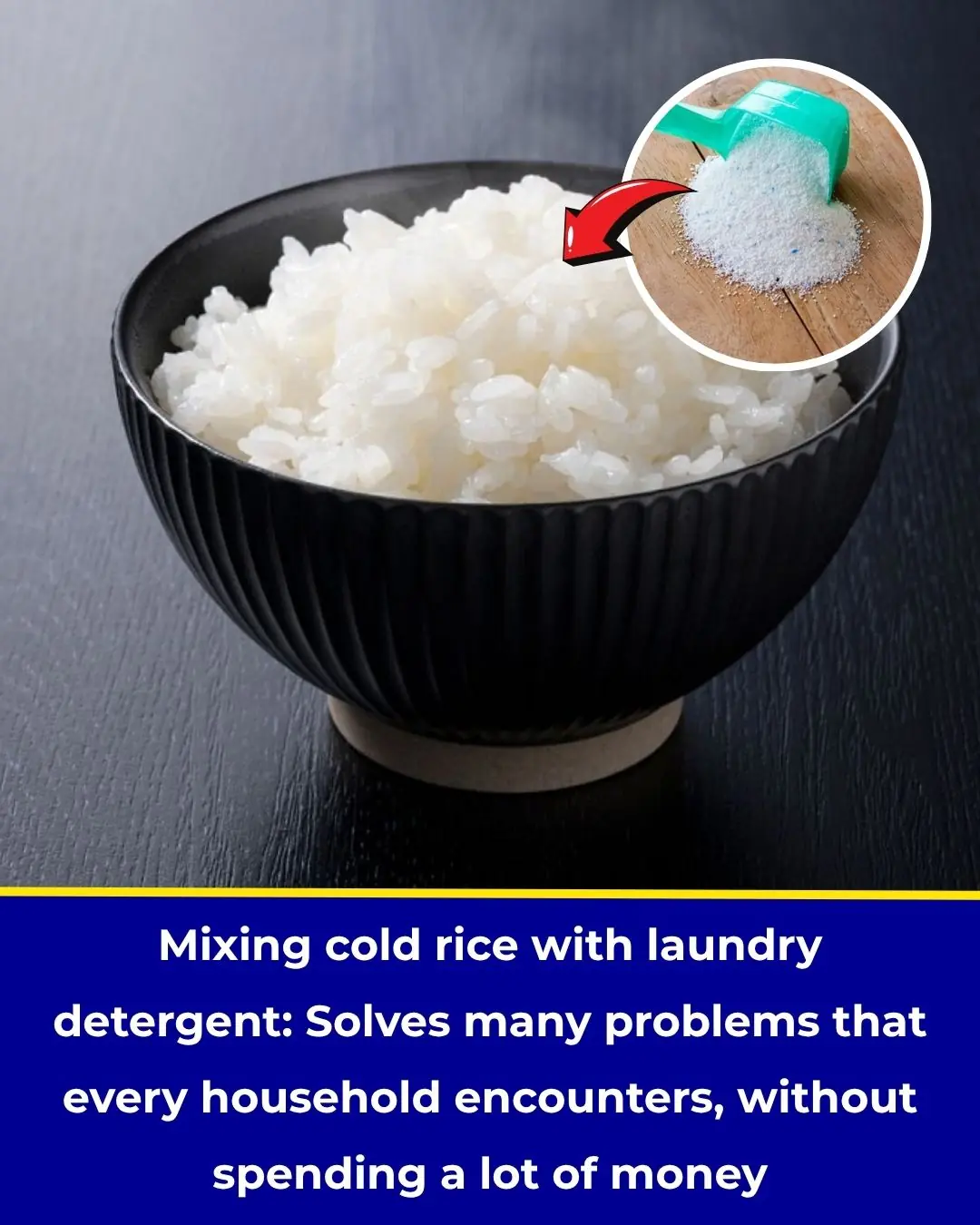
Mix Leftover Rice with Laundry Detergent – A Surprising Household Hack That Solves Common Problems Without Costing a Dime
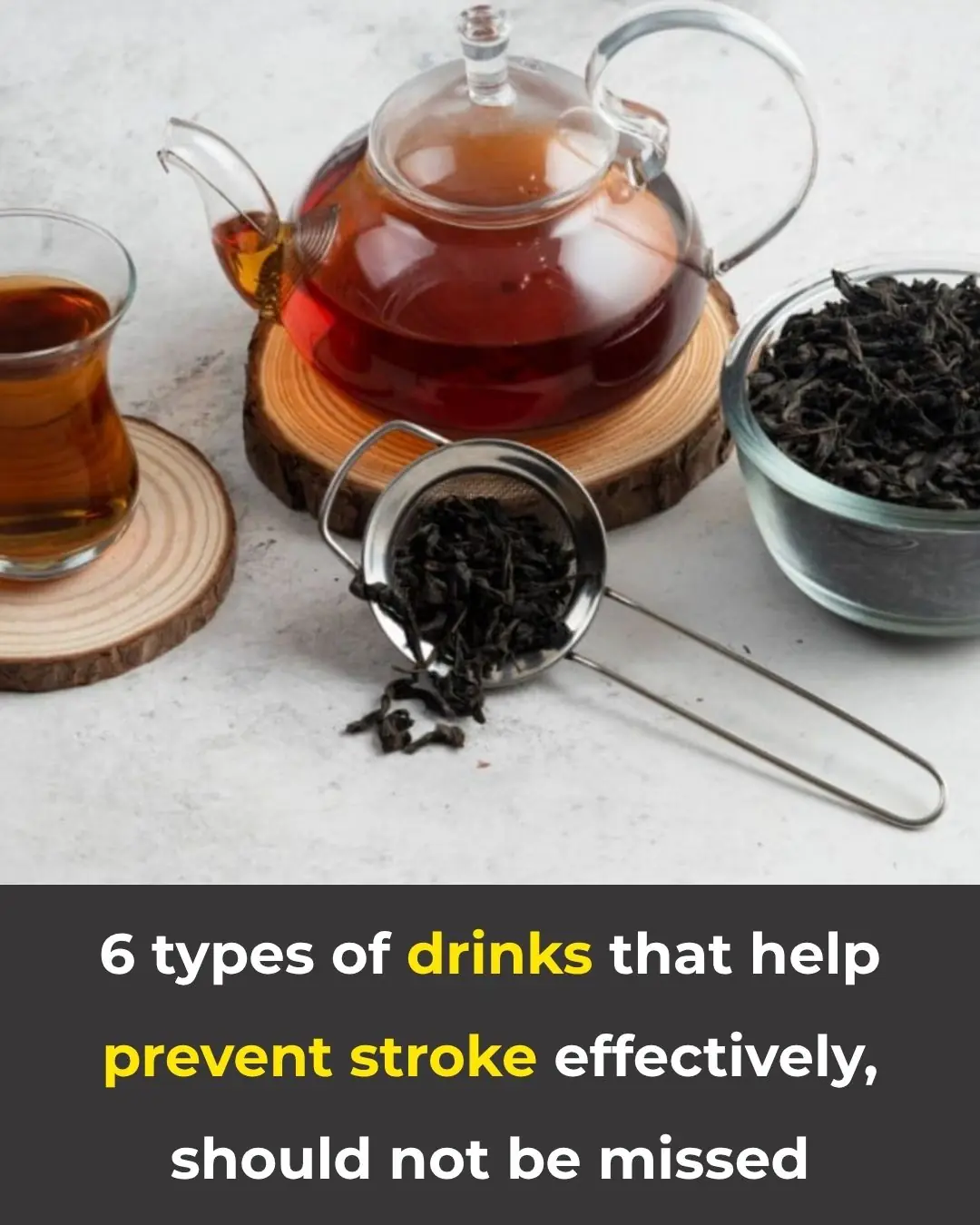
6 Healthy Drinks That Help Prevent Stroke — Simple, Effective, and Worth Adding to Your Routine
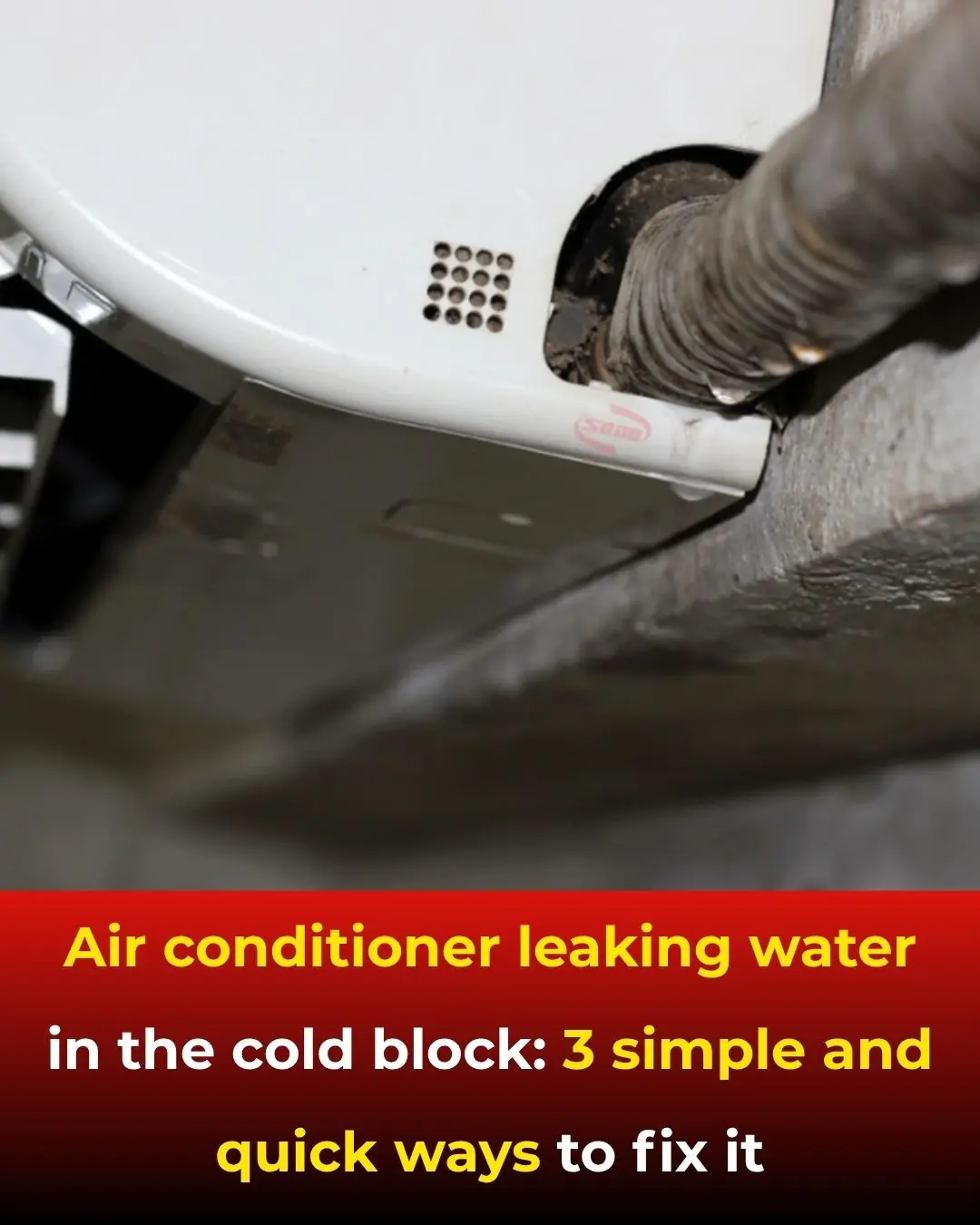
Air Conditioner Leaking Water Indoors?
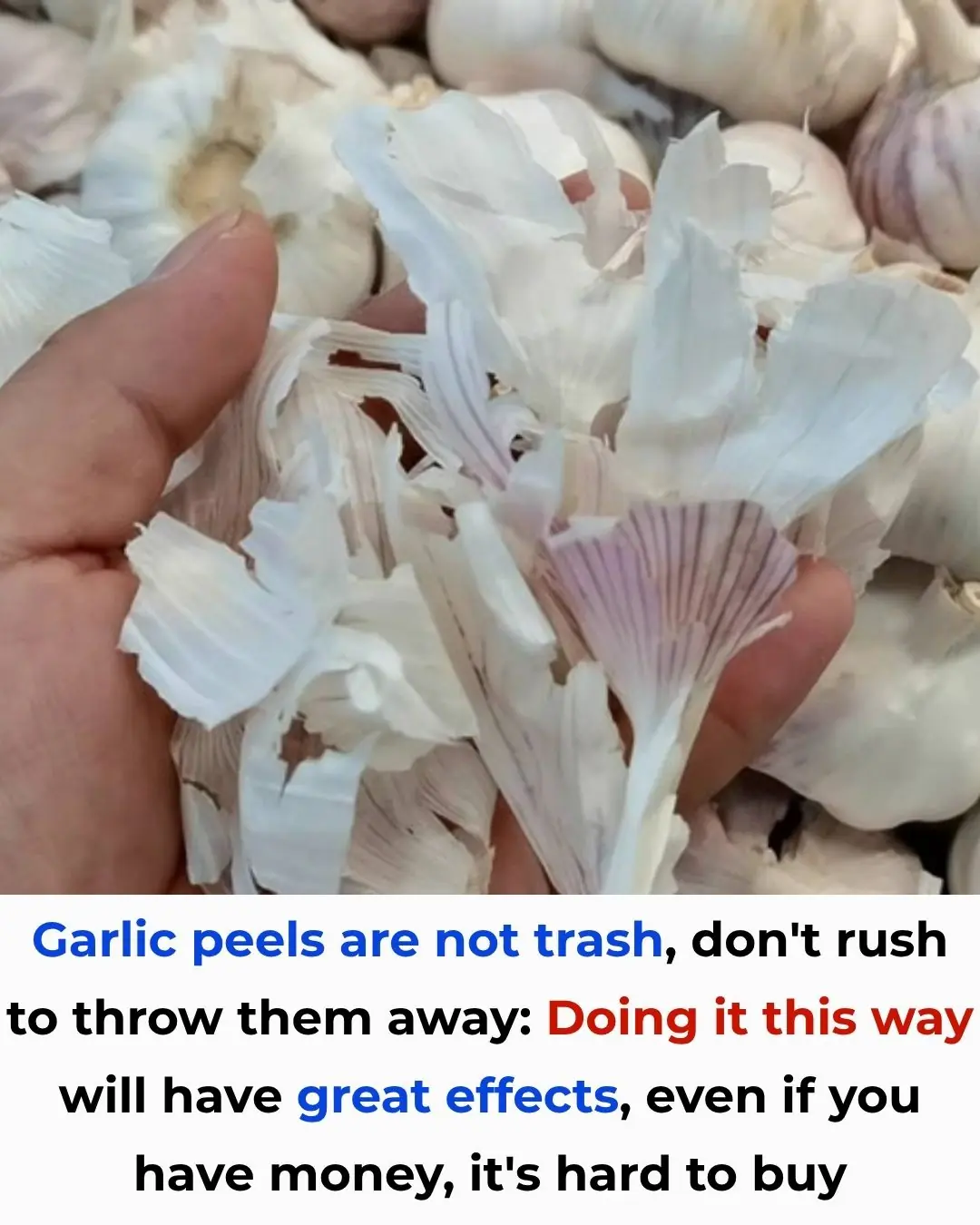
Garlic Peels Are Not Trash – Don’t Throw Them Away!
